
Recognized for excellence in substance abuse and behavioral health treatment by the Joint Commission
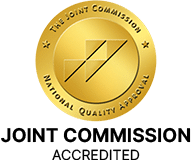
What It Really Means to Feen for Drugs: Signs, Struggles, and How to Cope
Craving drugs can feel overwhelming and isolating. Understand the signs of “feening,” the underlying struggles, and ways to find support and recovery.
Mental health
Mental health is “a state of well-being in which the individual realizes his or her own abilities, can cope with the normal stresses of life, can work productively and fruitfully, and is able to make a contribution to his or her community.”

When someone says they’re feening for drugs or suffering from drug fiend, they’re not just using slang—they’re describing a very...

How to Marchman Act Someone
Watching a loved one spiral into addiction is heartbreaking, especially when they’re denying the problem and refusing help. You can...

Spotting Drug Use: Dilated Pupils
The eyes are a window to our souls, so says the old adage. But the truth is, our eyes can...

Dangers in Smoking embalming fluid
Drug use can involve many substances, including many that would surprise the uninitiated. Embalming fluid, which contains many dangerous chemicals...
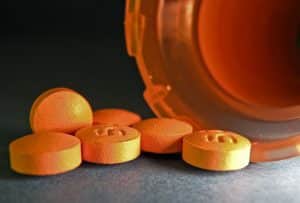
Understanding Amitriptyline Withdrawal
Amitriptyline hydrochloride was initially manufactured as Elavil and was one of the most popular early antidepressant drugs. Although the brand...
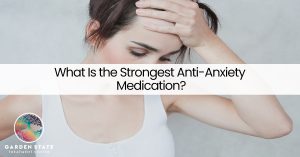
What is the Strongest Anti-Anxiety Medication?
Anxiety disorders are the most common mental health condition in the United States, affecting roughly 14 million men and women...
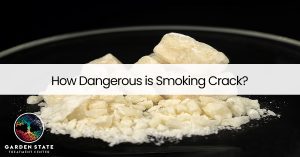
How Dangerous is Smoking Crack?
Crack, or crack cocaine, is an illegal stimulant drug that is made from the powdered version of cocaine. Baking soda...
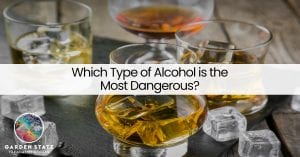
Which Type of Alcohol is the Most Dangerous?
Alcohol abuse is one of the most serious public health threats that Americans currently face – and it has been...

Do Opiates Make You Sleepy?
Opiates are a class of drugs naturally found in the opium poppy plant. Some prescription opiates are made from the...

Does Xanax Help With Insomnia?
Xanax, or Alprazolam, is a benzodiazepine used to treat anxiety and panic disorders. It acts on the brain and the...
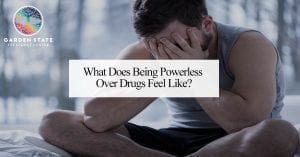
What Does Being Powerless Over Drugs Feel Like?
When anyone is amid drug addiction, feeling powerless is one of the hardest things to come to terms with. It...
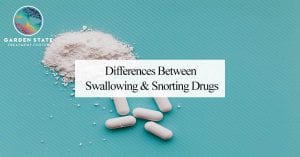
Differences Between Swallowing and Snorting Drugs
There are many different ways to abuse drugs, whether they are illegal and illicit drugs or prescription drugs. Most can...
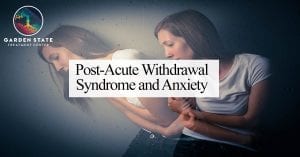
Post-Acute Withdrawal Syndrome and Anxiety
For most of us, detoxing from substances can be something we never want to face because of the intense withdrawal...
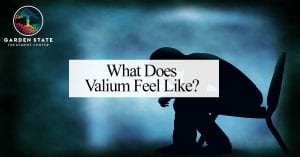
What Does Valium Feel Like?
Valium (the brand name for the drug diazepam) is a potent prescription sedative used to treat anxiety disorders and seizures....

Can I Snort Ativan?
Ativan, the brand name for Lorazepam, is one of the 5 most prescribed benzodiazepines, which are a class of central...
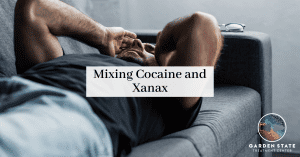
Mixing Cocaine and Xanax
What is Cocaine? Cocaine is an illicit, powerfully addictive substance. Cocaine, also known as coke, is a strong stimulant most...

